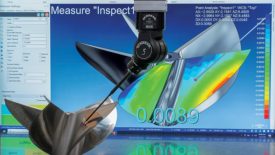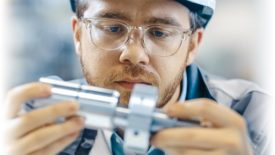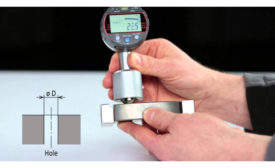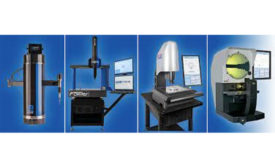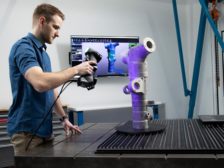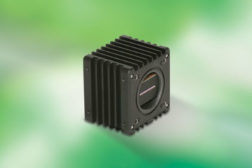Home » Keywords: » measurement and inspection
Items Tagged with 'measurement and inspection'
ARTICLES
Test & Inspection
Measurement And Inspection Standards
As technology continues to evolve, it will take a lot of work from the standards community to help the industry keep pace with news tools for new manufacturing methods.
May 1, 2022
Why model-based Measurement Helps Manufacturers Improve Quality
Improvements in CMM equipment and developments in model-based software solutions have also helped make the technology more accessible.
March 23, 2022
Making A Case for In-Process Inspection
Implementing these in process inspections in real time helps manufacturers to avoid last-minute delays and averts wasting material.
October 11, 2021
Why Yesterday’s Data Collection Systems Don’t Support Overall Equipment Effectiveness
Increasing the pace, capacity, and precision of measurement and inspection data collection is the first step in OEE.
June 11, 2021
Vision & Sensors - Inspection
Short Wave Infrared Enhances Machine Vision
The machine vision professional gains a new tool with SWIR.
March 5, 2013
EVENTS
Webinar
11/8/23 to 11/8/24
Contact: Meg K.
Smart 3D Measurement Planning – It’s Easier Than You Think!
Get our new eMagazine delivered to your inbox every month.
Stay in the know with Quality’s comprehensive coverage of the manufacturing and metrology industries.
SIGN UP TODAY!Copyright ©2024. All Rights Reserved BNP Media.
Design, CMS, Hosting & Web Development :: ePublishing
